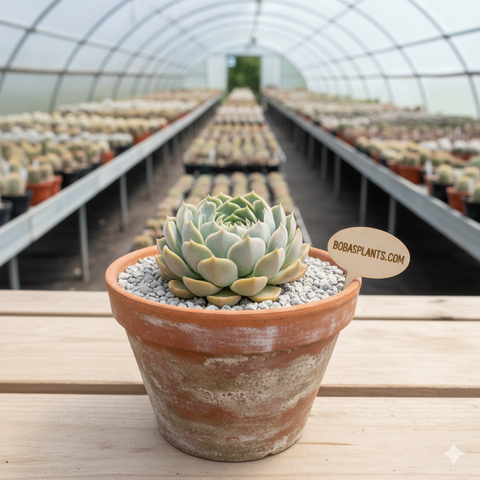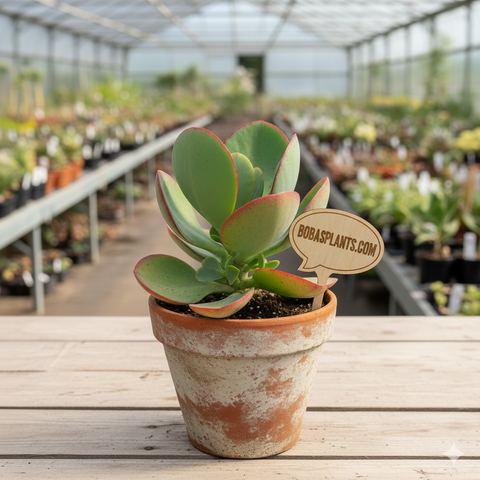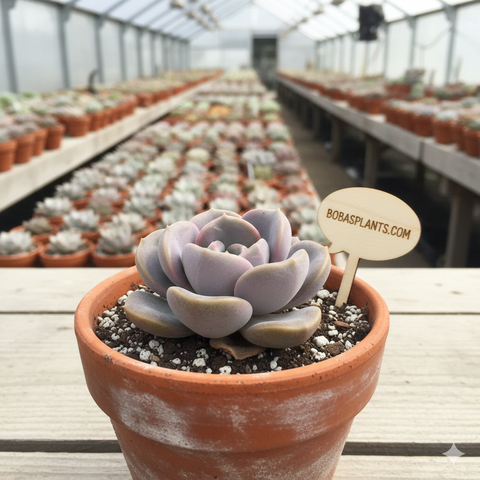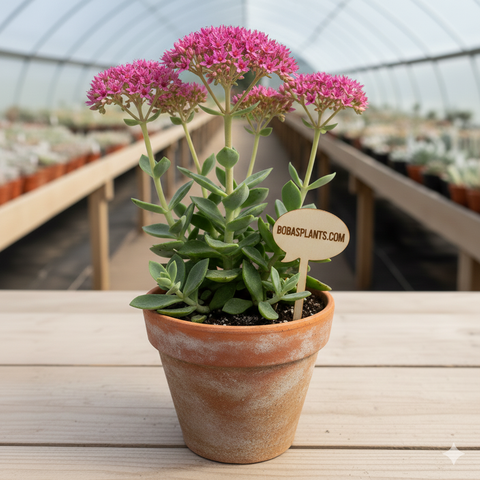Mistletoe Cactus
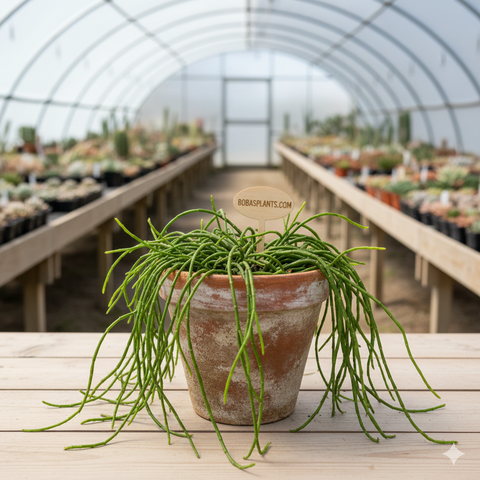
Description
an epiphytic cactus with many slender, pendent, branched stems. In nature, it can reach 9 m in length. Branches are cylindrical, up to 0.5 cm in diameter, and arise in pairs or clusters from tips of older branches, occasionally producing adventitious roots. They are green or pale green and sometimes slightly furrowed. Areoles are bristly when young, but otherwise, the stems are very smooth. The solitary flowers are white or greenish-white, up to 1 cm across, and appear in winter and spring, often numerous along the branches. The fruits are spherical or somewhat elongated berries, white, pink, or red, and about 0.8 cm in diameter.
How to Grow and Care
With its long, elegantly drooping stems and low-maintenance care needs, the Mistletoe Cactus makes an ideal choice for hanging planters. Place your cactus in an area that receives partial to full shade.
Use a gritty, well-drained, slightly acidic soil mix of two parts peat moss and one part sand, with bark chips mixed in to promote soil drainage.
Keep the soil moist but not waterlogged during its growing season, from the early spring to late summer. Never allow standing water on the soil’s surface, but don’t let the soil dry out completely. Let the topsoil dry out between waterings, but not the subsoil.
Apply a balanced, general-purpose fertilizer every 2 to 4 weeks during the plant’s growing season. Follow any instructions or warnings provided by the manufacturer when applying the fertilizer.
Cut back on watering throughout the fall and winter, the dormant seasons of the Mistletoe Cactus. Water just enough to keep the plant’s stems from shrivelling. This practice promotes healthy blossoming in spring. Do not fertilize the plant during this time. Resume regular watering and fertilization practices as soon as the first buds appear in spring.
Lighting Requirements
Rhipsalis cacti do not thrive in direct sunlight. Exposure to the afternoon sun can burn the stems, turn them yellow, or lead to spotting. However, they will not bloom without sufficient sunlight, and their growth can be stunted. These cacti do best with morning sun and full shade in the afternoon. As Rhipsalis cacti are commonly grown indoors, care must be given to the placement of the plants. They should be kept at least 20 inches (50 cm) from windows that receive midday or afternoon sun. The glass in the windows can multiply the heat from the sun’s rays, causing sunburned leaves. Keep in mind that in its native environment, Rhipsalis is accustomed to receiving light filtered through dense, overhanging tree branches. Picturing this environment can help you adjust your lighting accordingly.
Watering
Rhipsalis cacti are not drought-resistant plants, so regular watering is essential. Overwatering, however, can cause weak stems and rotted roots. Using a watering can help you measure the amount of water you are providing. The pot size, compared to the size of the plant, the humidity levels in the home, and the type of potting soil used can all affect the watering frequency. Rhipsalis cacti seldom need to be watered more than once a week. Check before watering by pressing your finger into the soil to half an inch. Postpone watering if the soil is moist. You can also use a moisture meter to help you determine whether it is time to water.
Soil
Novices in the world of jungle cacti might prefer purchasing potting soil made specifically for cacti. However, gardeners with experience growing succulents can make their own by combining regular potting soil with coir, orchid bark, or gravel to ensure proper drainage. Most species need to be transplanted using fresh potting soil every two or three years. When repotting, take care not to damage the roots.
Fertilizing
Do not feed newly repotted or just purchased Rhipsalis for 12 months. Rhipsalis cacti do not need feeding until the soil becomes depleted of nutrients. If feeding is desired, use a diluted, half-strength fertilizer formulated for cacti. Feed monthly only during the spring and summer months. Follow the directions provided with the fertilizer to determine the correct quantity, which will be based on plant size, pot size, and other factors.
